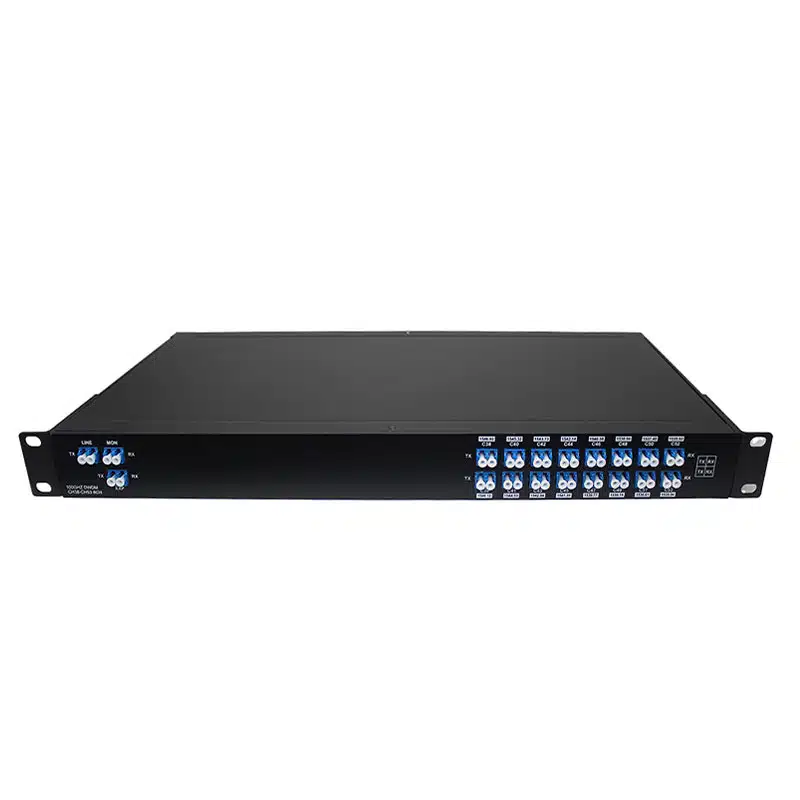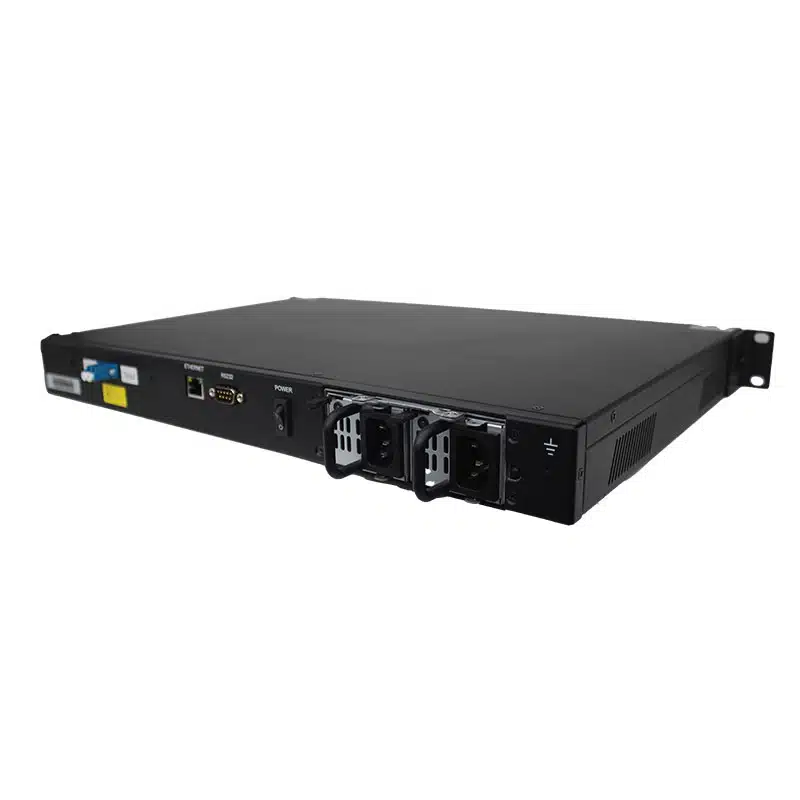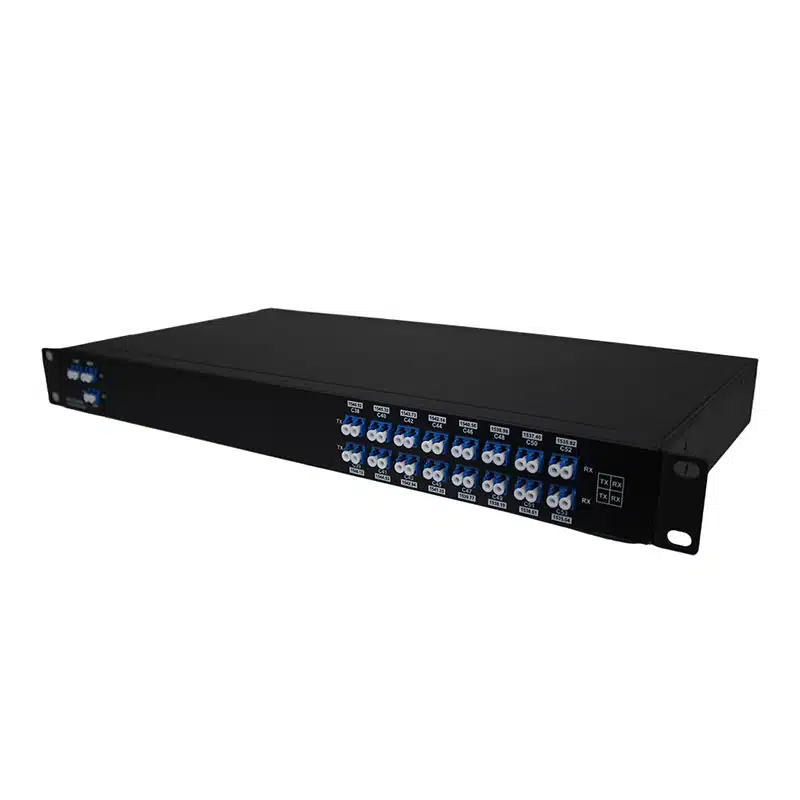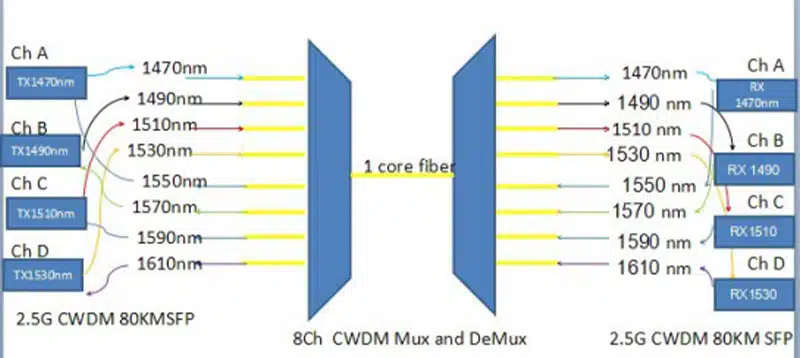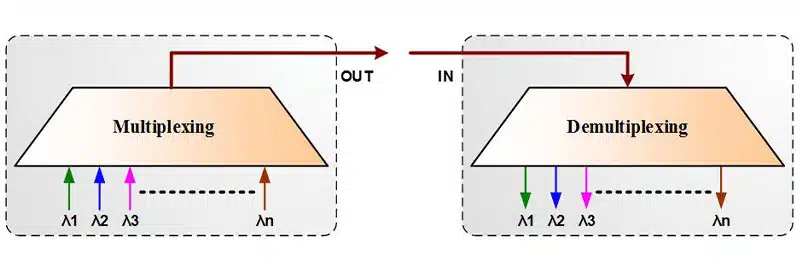4 8 16 18 channel WDM CWDM DWDM Mux Demux Module, 1U Rack Mount CWDM Multiplexer FWDM Splitter Device
The two key main WDM technologies are CWDM and DWDM. Which solution is best suited to a given environment depends on the network and user requirements.
✨ Empowering Fiber Connectivity
- Encompass everything from distribution terminals to drop cables, meticulously crafted for effortless installation and dependable performance.
- Providing cutting-edge solutions that facilitate high-speed, reliable, and scalable fiber optic connectivity suitable for urban, rural, and industrial settings.
Tailored Network Solutions
We specialize in designing customized FTTH and FTTX solutions that cater to the specific deployment needs of clients in different countries. Our expert team collaborates with customers to ensure that our network architectures align perfectly with local infrastructure requirements.
Fiber Product Offering
We provide a wide range of high-quality telecommunications products, including optical fibers, SFP modules, patch panels, and routers. Our commitment is to deliver the most suitable products that not only meet but exceed our clients’ expectations and support their unique connectivity demands.
Category CWDM&DWDM&FWDM
Contact Us
WhatsApp:
+86 18679568908
Factory:
21st Floor, Happy Garden Building, 123 Guangming Mountain Road, Nanshan District, Shenzhen, Guangdong.

